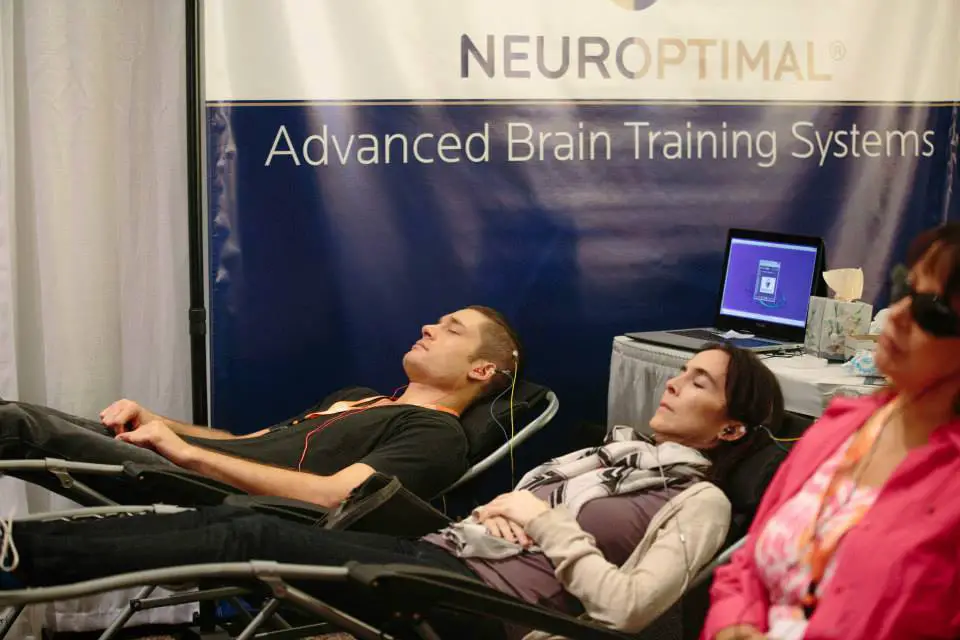Between all the text messages and multitasking at work, and those pervasive red notification buttons on our Facebook pages, it seems that staying mentally focused and犀利士
flexible is harder than ever.
Sure, we’re flexible when it comes to doing lots of things at one time or getting lots of tasks done, but changing our mind state back to relaxation mode is a transition that is not easily made.
I personally have a lot of trouble shifting back to relaxed and focused brain state during and after doing a lot of work online, writing, or using social media excessively (mostly for business).
Usually, my preferred methods for relaxing are reading, meditating or doing yoga, but there are more precise and advanced (quote-unquote) ways to put yourself back into relaxation mode that show a lot of promise as well, especially when done over the long-term.
One of the most intriguing: neurofeedback, a process I had the opportunity to sample recently at the NeuroFitness Center in Southfield, Michigan (near Detroit).

NeurOptimal brain feedback training recipients at a convention in Michigan. PHOTO: Courtesy of Neurofitness Center
Training Us to “Just Go With It”
The prospect of being hooked up to any sort of wiring is understandably scary for most people – especially with all of the portrayals we’ve seen of mad scientists in the movies and TV.
But hooking up sensors to my head for NeurOptimal neurofeedback training was simple and painless.
During the session, which is described as accurately by the company as a “brain workout,” I began listening to instrumental music that I would probably describe as “sweeping, epic and grandiose.”
The music continued to play as my brain waves began to be continually measured by the equipment. Even as I enjoyed the music, I had an obstacle to continuing to hear it as it was meant to be heard, however.
That’s because whenever my brain began losing focus or having thoughts outside of the true “flow” of what I was directly sensing and experiencing, the music stopped and a disharmonious sound effect was heard, taking away from the flow of the music.
Eventually, my brain began to get the message and also began to start focusing and to stop drifting, and the instances of mental wandering began to subside.
When our minds are uncluttered and focused, they have the ability to operate with incredible efficiency. We speak clearly and impeccably, we conduct and finish tasks easily, and there is no resistance like the kind I felt each time my mind wandered during the feedback training.
We feel this type of resistance every day in the real world, which is why neurofeedback training and other mind training techniques are so important.
The NeurOptimal training continued for at least 30 minutes and by the end of it I felt much more focused and had more clarity.
Over time, using the training can help to build brain resilience and to increase the central nervous system’s ability to bounce back from negative events or stress in general.
It’s definitely something I would recommend investing in if you’re serious about brain training and being more focused.
Where to Try Neurofeedback Training
Currently, the best way to experience neurofeedback training is to visit a center that offers it; smaller and far less complex home units may also be purchased online.
If you’d like to check out the NeuroFitness Center in Michigan, check out their website here where you can book an appointment.
The center also offers a flotation tank, which is one of my personal favorite holistic healing methods for optimal brain function and stress reduction; check my recent experience in the float tank by clicking here.
This article was first written in January 2015 and updated in October 2018. For more articles like these in your inbox, click here. You can also check out a home neurofeedback system with over 65% 5-star reviews on Amazon under 150 bucks by clicking here.
Thanks for installing the Bottom of every post plugin by Corey Salzano. Contact me if you need custom WordPress plugins or website design.





